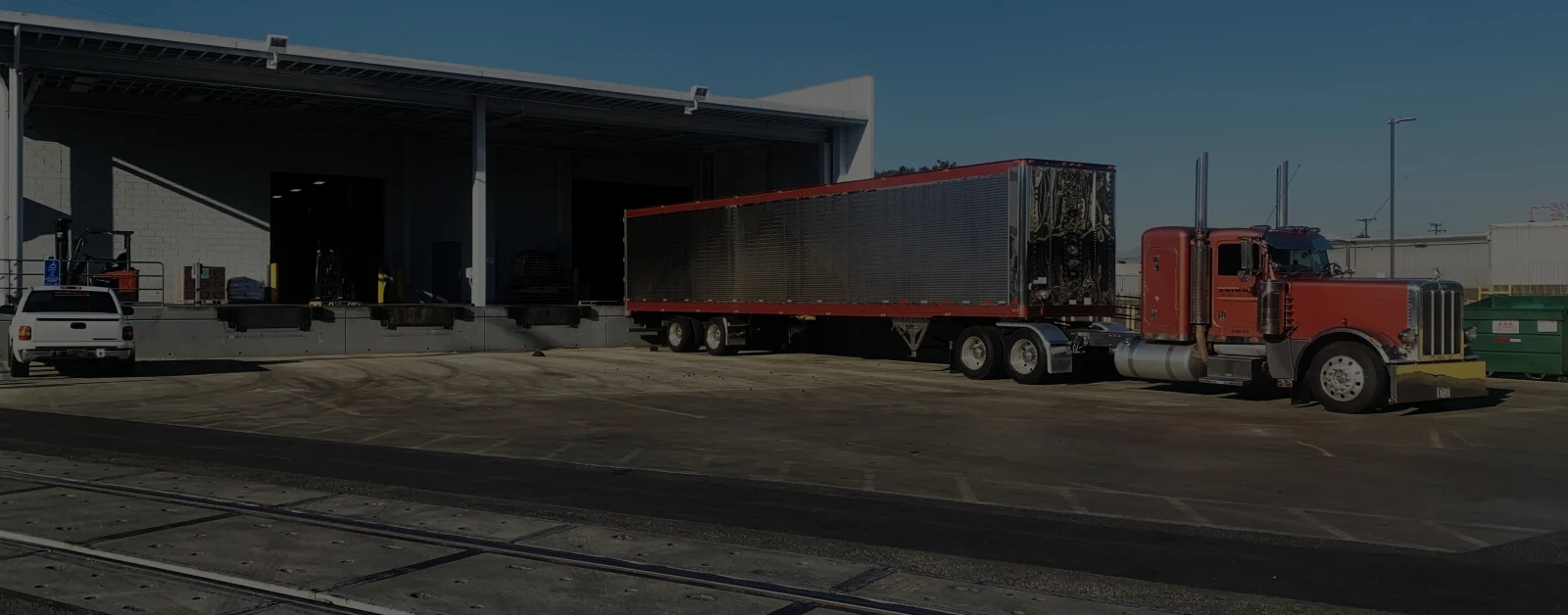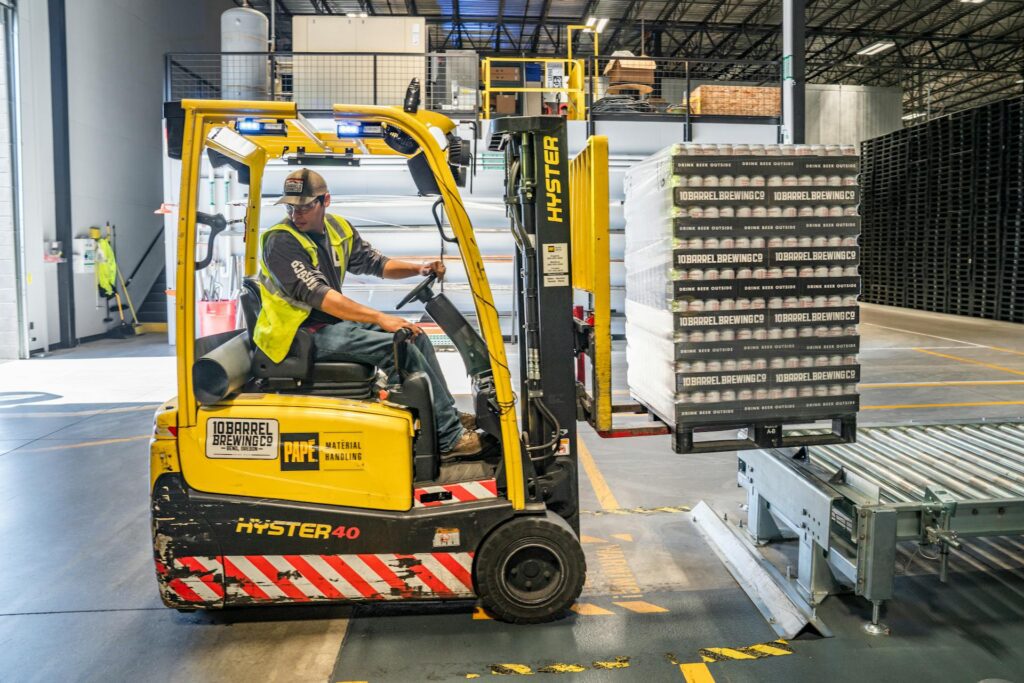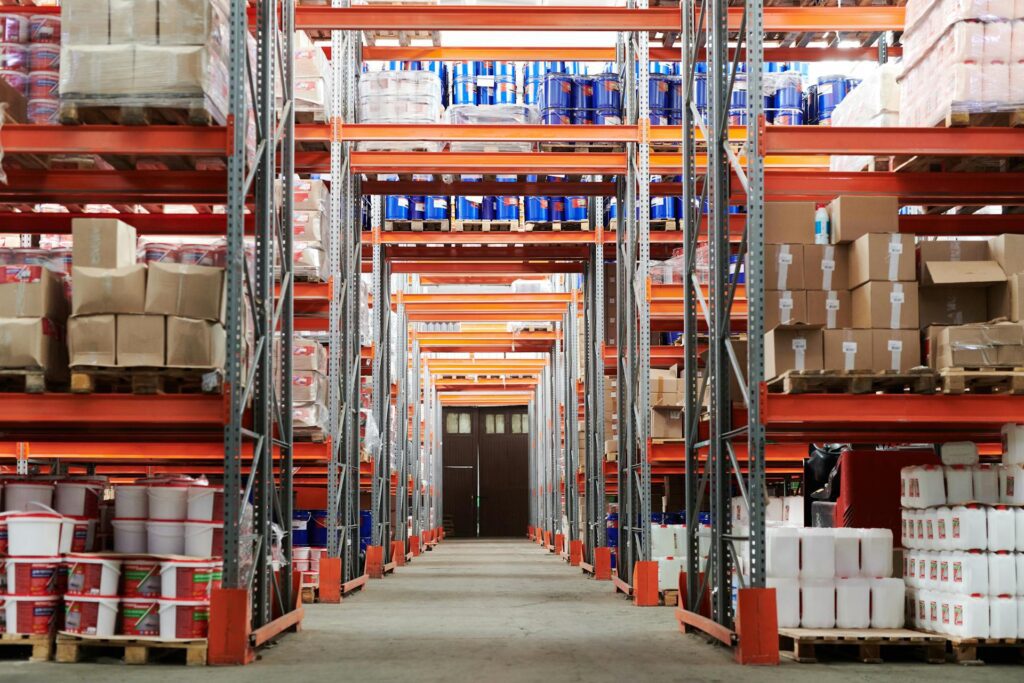Customized Logistics Solutions from Los Angeles 3PL Warehouses

Imagine walking through the aisles of a supermarket and finding only one type of every item. One type of cereal, one type of soup, and one type of chip. You’d probably feel underwhelmed. After all, all of us have our personal preferences.
It’s no different with 3PL warehouse services.If your company is in search of a logistics and warehousing partner to help with inventory storage, you’d never want to settle for a provider that is unwilling to work with you to build a customized logistics solution that addresses that unique needs of your company.
Everyone talks about customization, though. Few can actually deliver custom warehousing solutions. The next time you’re in the market for a logistics partner, don’t sign a contract unless they’re willing to work with you in the following areas.
1. Contract Length
Well-run businesses grow. Some grow faster – in some cases, even faster than their founders anticipated.
Top warehousing providers account for this. Rather than locking companies into long-term contracts, these providers develop customized logistics solutions with more manageable contract lengths. Some even offer month-by-month warehousing leases that allow clients to quickly adjust course as their needs change.
2. Transportation Method

Leaders of companies that sell physical goods must always have their supply chain top of mind. Items need to quickly move from one step in the supply chain to the next without interruption. Unfortunately, this type of just-in-time warehousing isn’t yet the standard.
3PL warehousing services need to be flexible and willing to adopt innovations in warehousing to reduce the amount of time it takes for their clients’ items to reach their markets. A customized logistics package could, for instance, satisfy the needs of a client whose merchandise is flying off the shelves by offering cross-docking, in which inbound trucks are unloaded at a warehouse facility and then immediately loaded into an outbound truck.
Alternatively, supply chain warehousing providers could help their clients reach customers located a long distance away from the coast through transloading, in which items are transferred from a truck onto a train. It may sound simple, but not every warehousing vendor is willing or able to take that next step and provide tailored transportation options as a component of their warehousing solutions.
3. Industry-Specific Customization
Storage needs vary widely from one vertical to the next. 3PL solutions designed for a food and beverage company, for example, are a poor fit for eCommerce companies.
Not every warehousing facility is equipped to meet the differing needs of companies across industries, however. Here are some vertical-specific customizations 3PL vendors must be able to offer:
- Food Warehousing and Beverage Warehousing facilities should be FDA-registered to reduce the number of steps in the supply chain.
- E-commerce Warehousing: Warehouse employees should thoroughly inspect deliveries upon arrival, and facilities should be managed using smart warehousing systems to prevent stockouts and overstocking.
- Cosmetics Warehousing: Facilities should be temperature-controlled to minimize spoilage.
At Cummins Transportation, Customization Comes Standard
With more than 45 years in supply-chain logistics, the team at Cummins Transportation has developed tailored solutions for each of our clients. When you sign on as our client, our team works with yours to understand your needs and design a package that meets your needs. Talk to an expert today!













